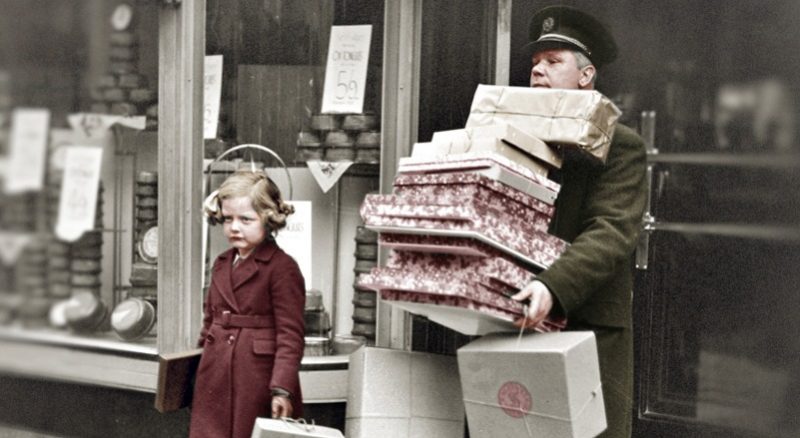Black Friday is a modern Thanksgiving Weekend tradition that marks the beginning of festive holiday shopping sprees. It is the second busiest shopping day of the year, hot on the heels of “Super Saturday” — the last Saturday before Christmas.
There are several different stories about the origins of Black Friday and the name it carries. Some of them are myths, but one we are pretty sure is true.
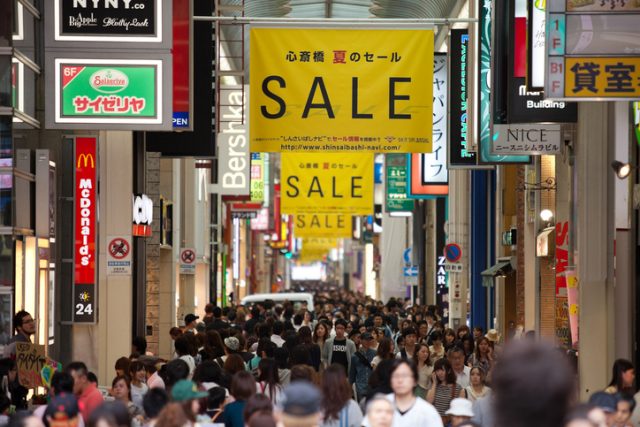
It is hard to pinpoint when the tradition of massive shopping right after Thanksgiving started, but it may date right back to the 19th century.
Today an integral part of Thanksgiving day, the very first Thanksgiving parade, which took place in Philadelphia, Pennsylvania, in 1920 — four years before the iconic Macy’s parade debuted in New York City.
The following day marks the beginning of the Christmas season. This is when the holiday shopping season officially begins.
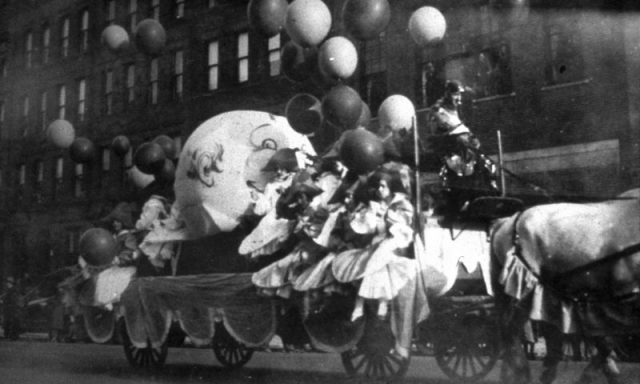
Retailers have for decades started their holiday sales and campaigns on the Friday after Thanksgiving Day, opening their doors to huge numbers of eager consumers, fired up with holiday spirit by the excitement of the parade.
The term “Black Friday” was used for the first time to describe something quite different to it’s current meaning. Namely, the term first appeared in relation to the epic crash of the U.S. gold market on September 24, 1869.
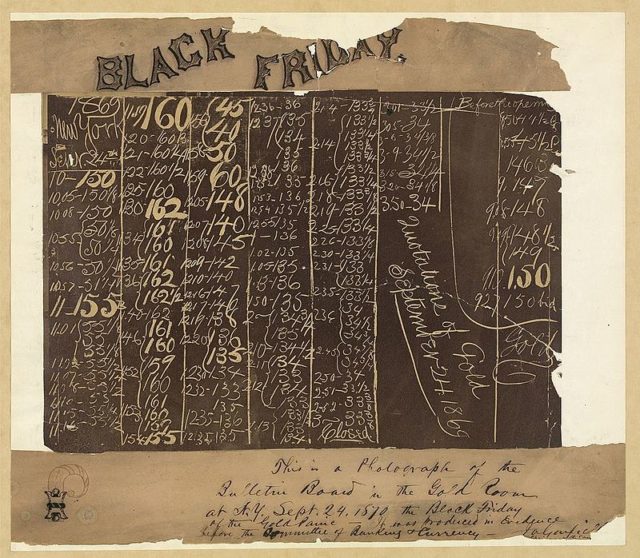
Two Wall Street businessman, Jay Gould and Jim Fisk, used the opportunity to buy gold in huge amounts, consequently deflate its value, only to later speculate the price of it for huge profit. This move came to light on this particular Friday in September and drove the whole country into bankruptcy.
The most commonly repeated story about the origin of Black Friday as we know most likely does not stem from this event in 1869, but it does relate to merchants and sellers.

After not making enough profit throughout the year, they would turn around what they have invested only on one day — the Friday after Thanksgiving.
The term Black Friday, according to this story, relates to stores whose accounts were only “in the black” on this day. This information is accurate, but it’s not the story behind the name Black Friday.
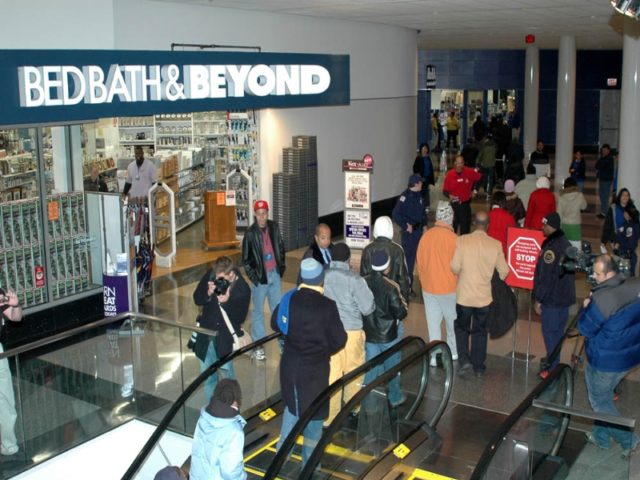
Likewise, there is another grim myth connected to the emergence of this shopping holiday. The story goes that in the 19th century, slave owners could purchase new slaves for discounted prices on the Friday following the Thanksgiving. This version of the story has led many people to understandably boycott the day, but it does not have a basis in reality.
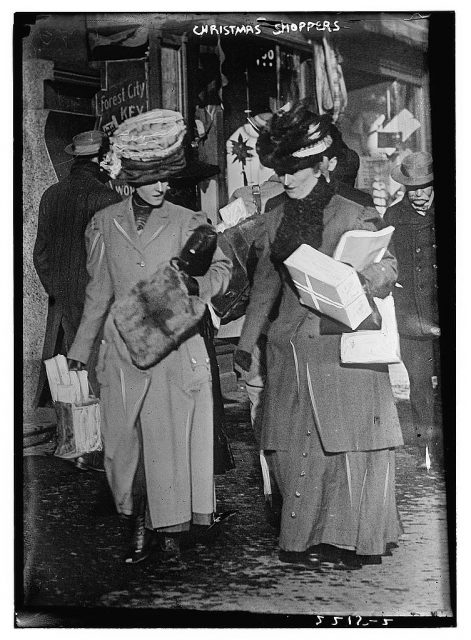
The true story dates back to the middle of the 20th century and it took place in Philadelphia. At the time, the Saturday after Thanksgiving was when the big Army-Navy football match took place. The match was extremely popular, so the city would be filled with football enthusiasts, both natives and tourists.
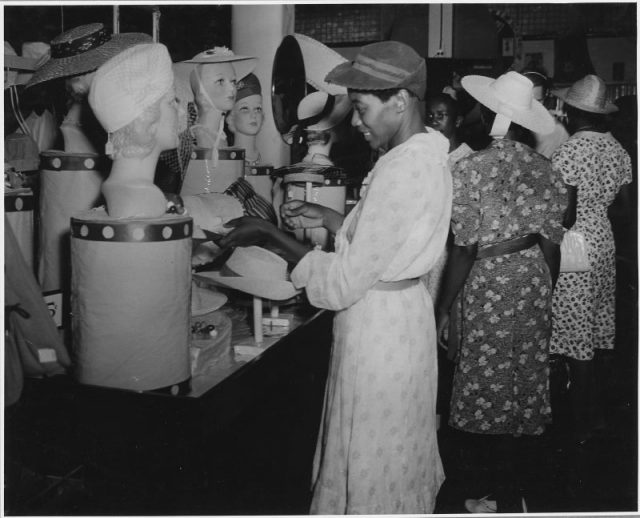
This meant that the police department did not have a free post-Holiday day. Police officers had to work long shifts to deal with the crowds arriving in the city the day ahead of the match and ensuing traffic jams.
Shoplifters saw a great opportunity to plunder the stores which meant even more work for the policemen. The chaos taking place on this day led to the negative connotation in the name “Black Friday. ”
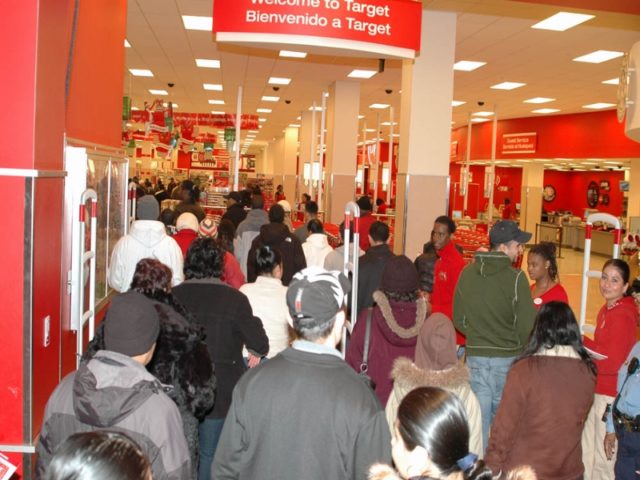
In 1961 the term was widespread in Philadelphia, so sellers wanted to rebrand it as “Big Friday.” The goal was for it not to be thought of in negative terms and to stimulate positive attitudes towards shopping during this day. The term was not used nationwide until the 1980s. Nevertheless, by then marketing gurus found a way to reinvent it to reflect positively on customers.
By now the negative connotations are forgotten, even in Philadelphia, and the one-day shopping spree has evolved into four-day-long actions that incentivize shopping, including Small Business Saturday and Sunday, and Cyber Monday.
